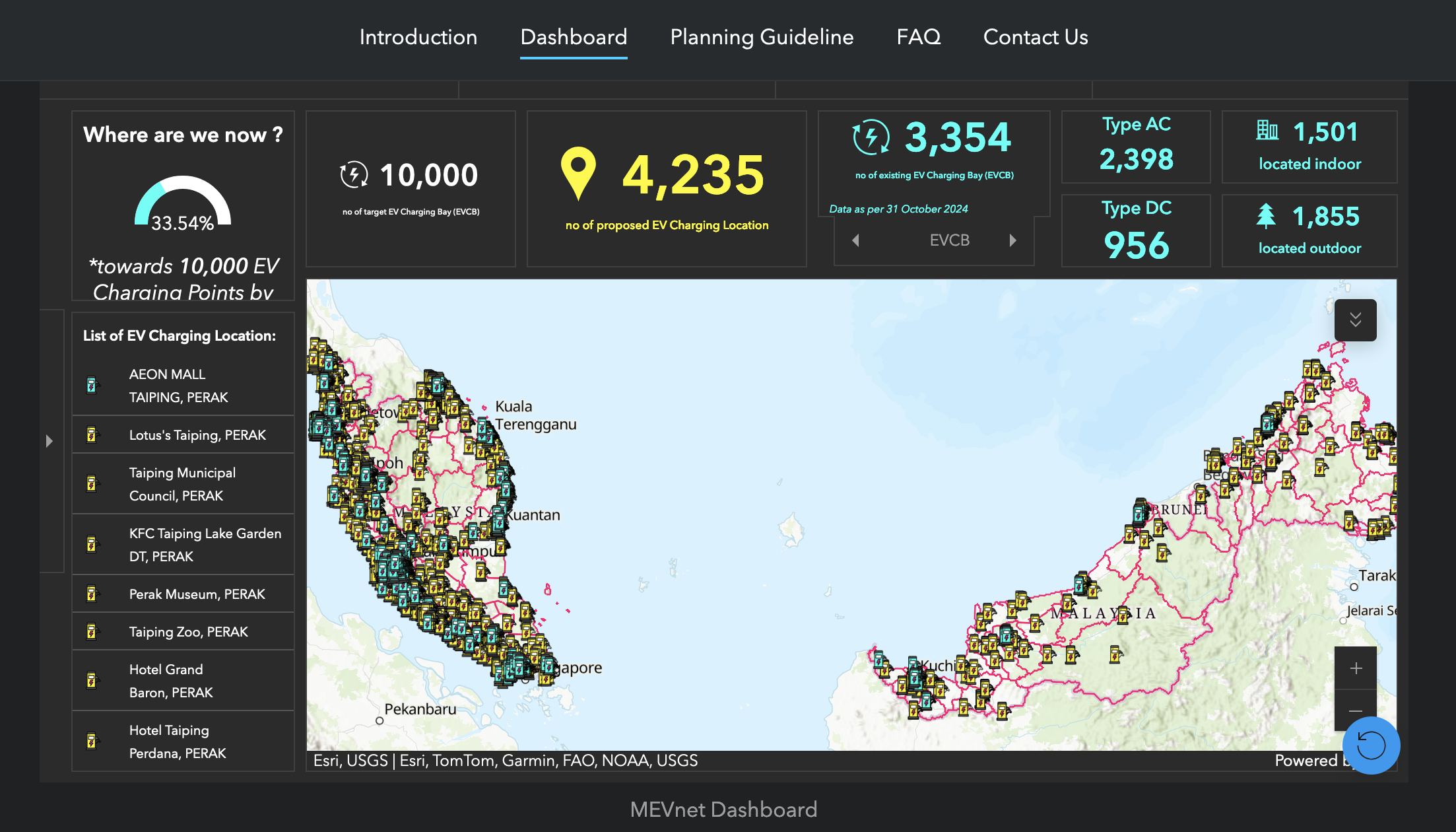3,354 EV chargers in Malaysia as of Nov 2024 – DC set to hit 1.5k target 6 months early, AC projected Q3 2026

In October, the ministry of investment, trade and industry (MITI) said it was keeping to its target of getting 10,000 EV chargers in place in Malaysia by 2025, as outlined by the Low Carbon Mobility Blueprint (LCMB) 2021-2030.
Where do things stand heading into the end of 2024? Well, as of November 2024, the number of public chargers in the country stood at 956 DC and 2,398 AC, making for a combined total of 3,354 chargers.
Will the target to get everything in place in 2025 be met? At least one part of the equation will, according to the Malaysia Zero Emission Vehicle Association (MyZEVA), a non-governmental organisation consisting of 57 members from related segments in the industry.
This will be with DC chargers, as revealed in a presentation made at last week’s EV forum at the Malaysia-China Summit 2024 held in Kuala Lumpur. Originally, the plan outlined 9,000 AC and 1,000 DC public chargers, but earlier this year, the government revised the DC allocation to 1,500 units, while bringing that for AC down to 8,500 units.
Despite the increase, the association says that with an average of 70 new DC chargers coming about every month, it expects the target of 1,500 DC charging points across the country will be achieved sometime in the middle of next year, six months ahead of the deadline.
However, the overall 10k target will likely only be achieved in 2026. At present, the AC charger deployment rate is averaging 20 units a month, and based on this, the association said that the 8,500 charger target is only expected to be completed by Q3 2026, citing challenges faced by the industry in deploying these. While not stated, part of this could be due to associated costs, bureaucracy and, in relation to this, the ROI.
Of course, the bigger picture lies beyond next year. As more EVs come into the market, so should the charging network increase exponentially. Assuming that the growth rate of EV adoption continues at a steady pace of 2.9%, MyZEVA estimates that a total of 717k BEVs will be plying Malaysian roads by 2030.
Keeping to the 15% DC and 85% AC balance and based on current deployment rates, it projects that there should be more than 40,000 charging points in place by 2030. This does however bring the ratio up to one charger to nearly 17 vehicles.
If the aim is to get a public charging network with a one charger to eight vehicle ratio, then 89,705 chargers need to be in place at that point. Sounds like a stretch to get that, but proponents will undoubtedly be hoping to see amplified growth over the next six years.

